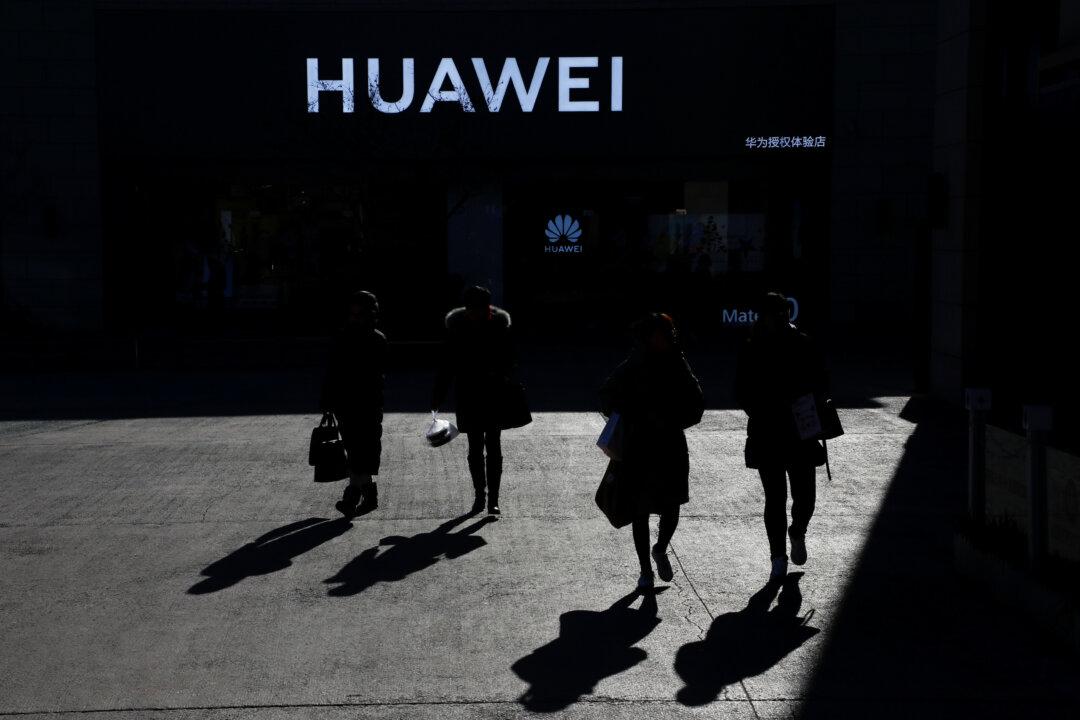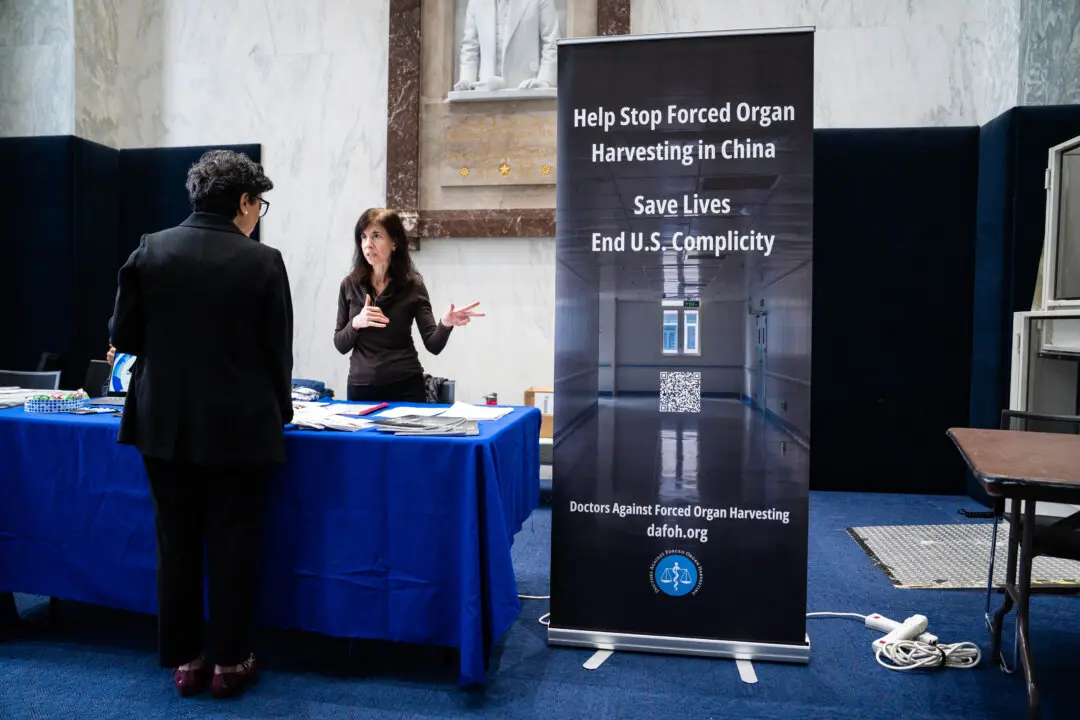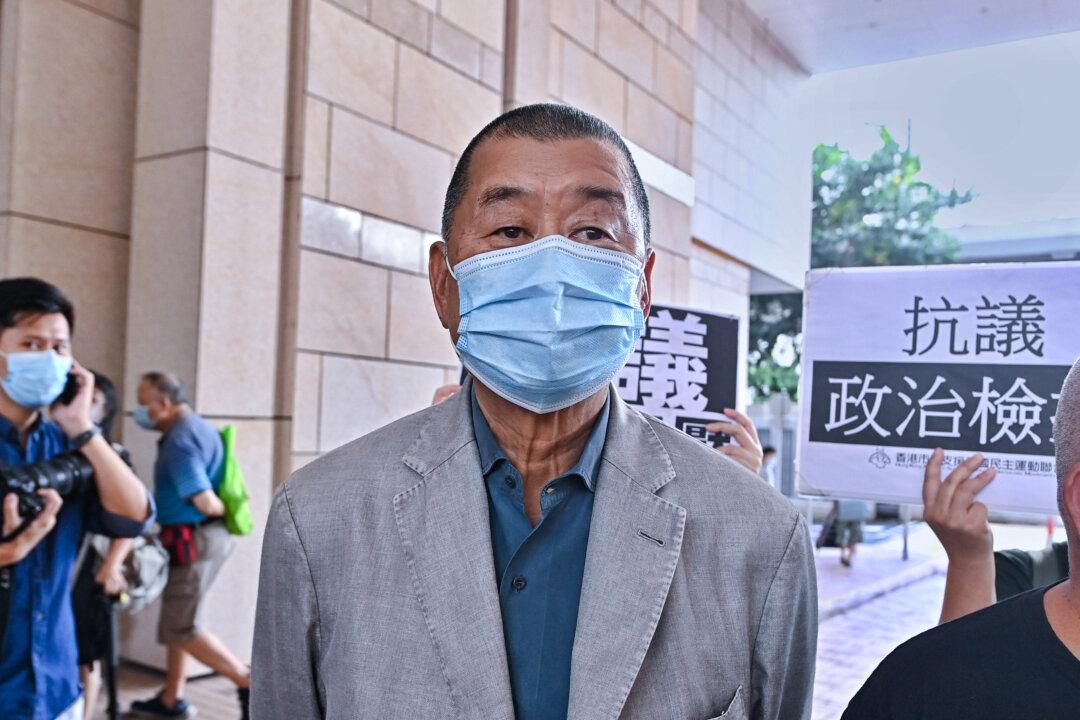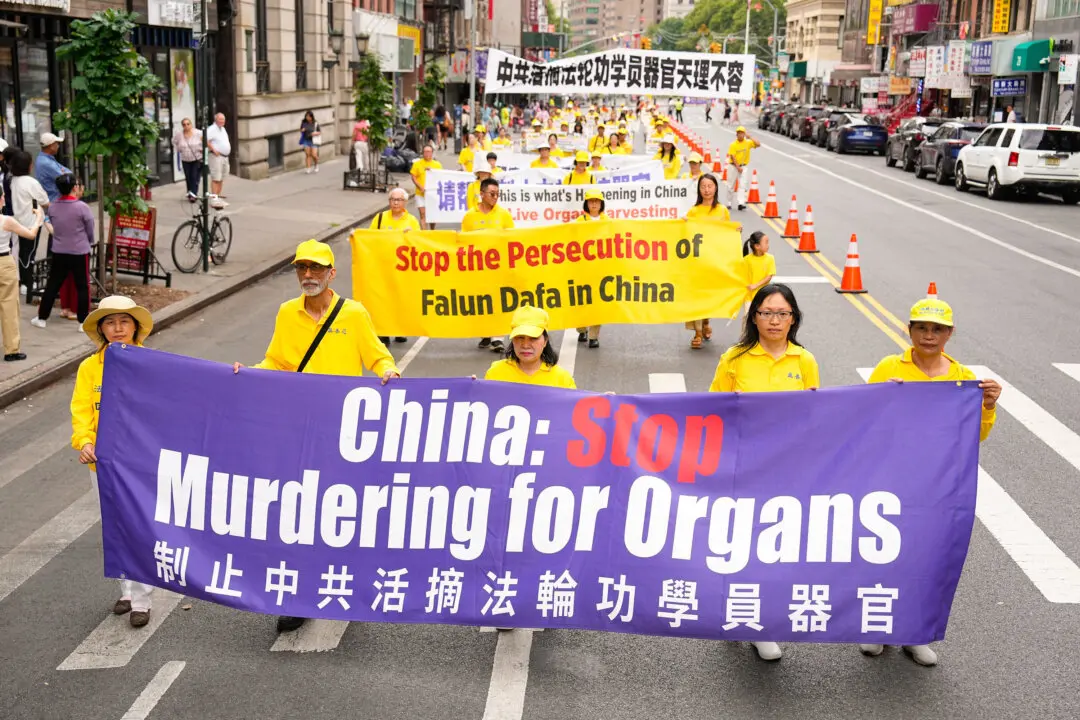Embattled Chinese telecom giant Huawei has been able to expand its business internationally even as many governments around the world voice their concerns about the security of its equipment.
Huawei has successfully transformed into one of the biggest tech giants in the world from a small Chinese company because it serves the interests of the Chinese Communist Party (CCP): providing the advanced technology the Party needs to exert its political clout globally, while assisting the Chinese regime in carrying out surveillance and spying activities.





